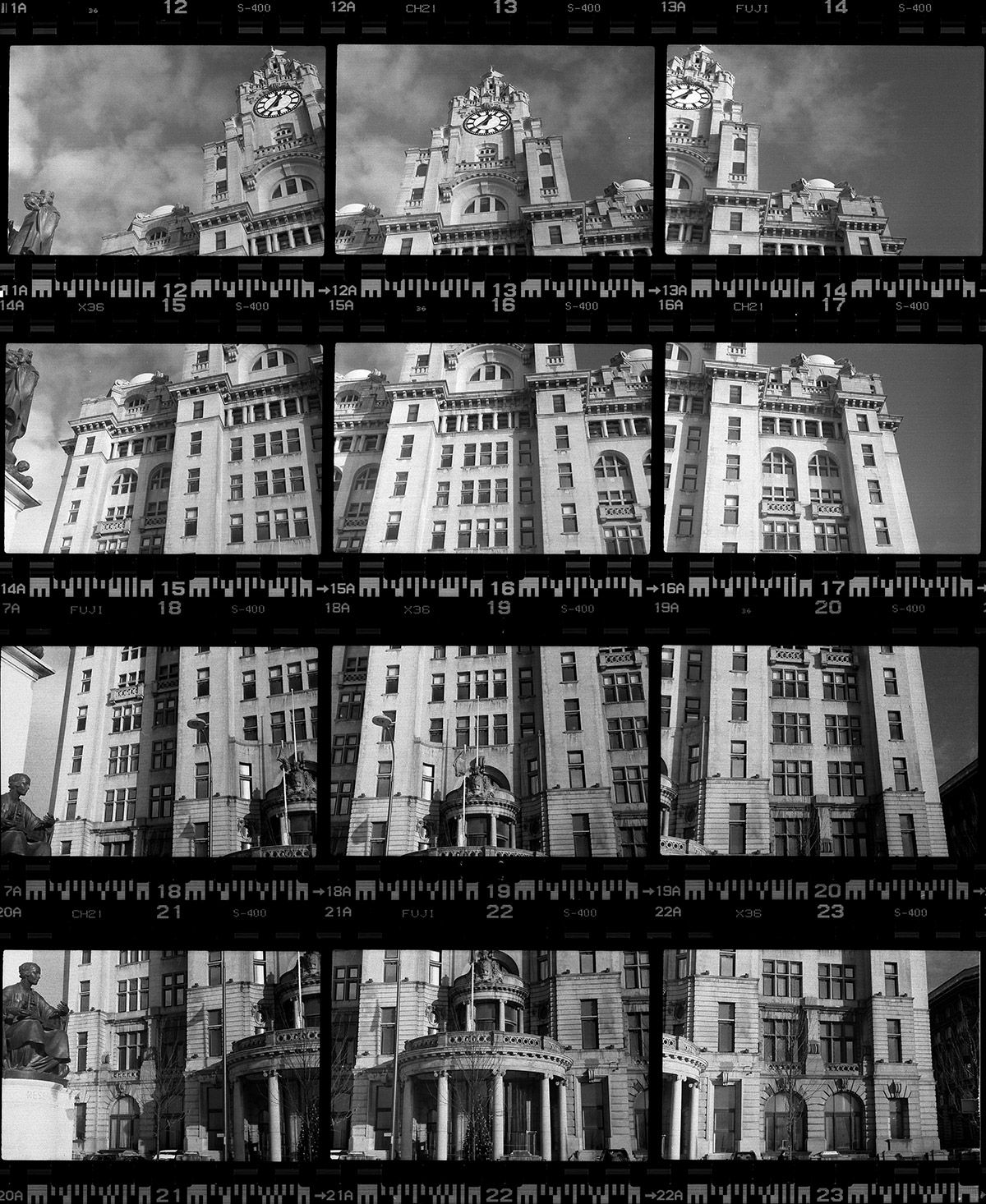Zenit B
I’ve been collecting cameras for nearly forty years. I first became interested in photography and cameras as a teenager in the 1970s – I even had a weekly subscription to AP. At school the photographic society helped to nurture my hobby and I rose to the dizzy heights of “Darkroom Manager” – akin to a prefect who smelled of fixer! As I got older, my youthful passion for amateur photography settled down into taking family and holiday photos which continued for a couple of decades, although I like to think that I produced quite good results.
As a natural hoarder I would acquire cameras at first from jumble sales then junk shops, charity shops, car-boot sales, and now of course Ebay. My collection is very eclectic; I don’t go in for a particular range of cameras or camera manufacturer, rather I’m attracted by the unusual or the quirky. The Ilford Sportsmaster for example, which instead of having a focusing ring on the lens, has four separate shutter releases, each one for a different distance, or the Kalimar Actionshot 16, which has sixteen lenses, and uses a double width frame on 35mm film to take 16 pictures in 2 seconds, it was made for golfers to analyse their swing, and even has a shutter release button styled to resemble a golf ball!
Paradoxically it was the advent of digital cameras that drew me back to film and rekindled my interest in taking photos. I started playing with some of my old film cameras and over the next 18 months or so I shot more rolls of film than I had in the last 15 years! In autumn 2009 I decided that in 2010 I would try to use a different film camera for each week of the year.
I soon established a system of loading a ‘new’ camera with film every Friday and then taking it out to see what I could capture. Most of the photos were taken in and around Sheffield where I live but I made sure I always had that week’s camera with me wherever I went. Perhaps unsurprisingly using my old cameras again spurred me on to expand my collection further, I haven’t dared to do an exact count, but it must exceed 200 now, and in a bad week (or a good one!) I might acquire another 4 or 5.
I completed a whole year’s worth of cameras – 52 cameras in 52 weeks – and produced a book of my experiences (http://www.blurb.com/books/1902406). I intend to continue with the project as I have plenty more cameras!
For the first week of the project I chose a Russian Zenit-B made in the USSR in 1977. This was a nostalgic choice as it was very similar to the SLR camera I had used at school to learn the basic techniques of photography, that one was the Zenit-E, which had a built in un-coupled exposure meter, but was otherwise identical. I remember at the time thinking that they were pretty ugly cameras, but they’ve grown on me over the years.
I’ve got three of these, the one I used for this shoot was picked up for £1.50 in a car boot sale the previous year. This piece of Soviet kit is built like a tank, but never had much of a reputation for quality control or reliability, and the price reflects this. Only one of mine works, and I found even this one has it faults, on several occasions the film wound on but the shutter didn’t tension, so I lost a frame, but luckily it behaved itself most of the time. With no built-in light meter,I took along a Leningrad 4 meter from the same era, it has a Selenium cell, so no batteries are needed, and it works just fine.
A trip to Liverpool to take my daughter back to university provided an opportunity to photograph some famous landmarks; since first seeing them in the 1970s, I’d fancied having a go at a contact sheet collaged picture, where the frames are lined up so as to make a congruent image when printed as a contact sheet. I chose the iconic Royal Liver Building as my subject, because without a wide-angle lens (and the 58mm f2 Helios that came as standard is certainly not wide) you can’t make the whole facade fit in a single frame.
Although I used colour film, I felt the image was stronger in black and white, the barcodes on the film edges were particularly distracting in colour.
With the f2 lens, I was expecting a nice bright image on the focusing screen, but this cheap and cheerful camera has a coarse ground glass screen, and the image is on the dim side. That said, I’ve a soft spot for Russian cameras, probably because they are cheap, and will be using more as the year goes on.


